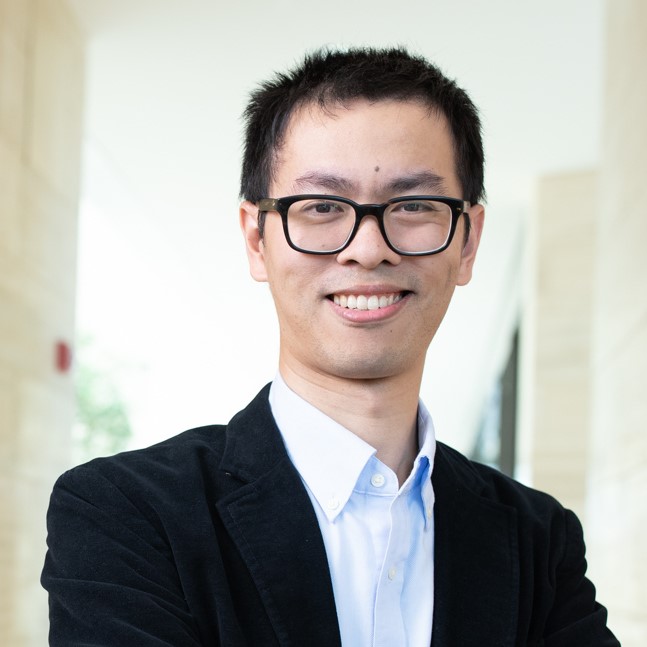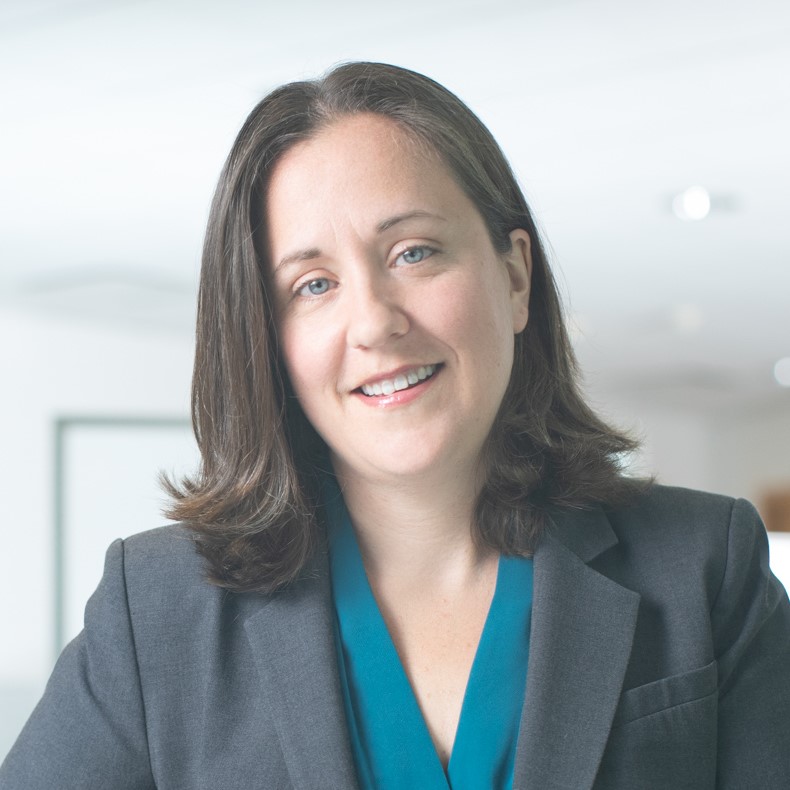by Buck Institute
April 21, 2021 . News
The Buck Impact Circle Supports Project Aimed at Understanding Vulnerabilities and Resilience in the Aging Brain
This year the Buck’s Impact Circle donor group turned its attention to brain health and the role proteins play in Alzheimer’s disease (AD) and dementia. The group awarded more than $100,000 to junior faculty members Kai Zhou, PhD and Tara Tracy, PhD to support their innovative collaborative project aimed at identifying strategies to protect against brain vulnerabilities and enhance brain resilience in the context of aging.
Now in its ninth year, the Impact Circle is a peer group of like-minded philanthropists who advance scientific discovery at the Buck by pooling their resources to provide seed money for early stage projects. In addition to the satisfaction of supporting ground-breaking research (and tracking its success), they also get a front row seat on the scientific process.
This year’s project focuses on proteins and how these basic building blocks of life can both contribute to AD and other dementias as well as provide the tantalizing possibility of boosting brain resilience within the context of aging.
Zhou is a Buck Fellow, the recipient of a highly competitive early career award from the National Institutes of Health. Working in yeast, his lab focuses on understanding age-related defects in the shape and location of proteins within the cells. Tracy, who is an Assistant Professor, studies synapses, the specialized structures involved in the transmission of information between neurons in the brain. In AD, memory loss coincides with synapse deterioration.
Zhou will employ new imaging technology that will allow his team to look at toxicity mechanisms triggered by the accumulation of amyloid beta and tau proteins. Both proteins are associated with AD, but how they cause cellular toxicity remains unclear. Importantly, Zhou’s work will take place in aging yeast cells; most previous studies have been done in healthy, young cells.  “The goal is to understand how this toxicity affects other proteins in the aging cell,” he says. “Thanks to the generosity of the Impact Circle we’ll be able screen thousands of proteins. Our hypothesis is that the toxic proteins change the location and expression of other proteins, inhibiting normal cellular functions. Importantly, we will also screen for natural factors that inhibit this toxicity and promote cellular resiliency.” His team will search for the human equivalent of the amyloid beta and tau-sensitive proteins and pass those targets onto the Tracy lab for testing in animal models and human cells.
“The goal is to understand how this toxicity affects other proteins in the aging cell,” he says. “Thanks to the generosity of the Impact Circle we’ll be able screen thousands of proteins. Our hypothesis is that the toxic proteins change the location and expression of other proteins, inhibiting normal cellular functions. Importantly, we will also screen for natural factors that inhibit this toxicity and promote cellular resiliency.” His team will search for the human equivalent of the amyloid beta and tau-sensitive proteins and pass those targets onto the Tracy lab for testing in animal models and human cells.
 “Our proposed studies will provide unprecedented insight into how the human brain can be resilient to the memory loss caused by age-related toxic proteins,” says Tracy. “It is becoming obvious that intervening early in the disease process is essential if the goal is to promote healthy aging in the brain.” Initially Tracy’s team will be focused on the KIBRA protein; studies in her lab found that increasing KIBRA levels in a mouse model of AD restored memory in aged mice. Impact Circle funding will enable her team to investigate how KIBRA levels affect memory during aging in humans by first quantifying levels of KIBRA in bio specimens obtained from the Memory and Aging Center at the University of California, San Francisco. Then KIBRA levels will be measured in samples from healthy older individuals, individuals with age-related dementia, and resilient older individuals who show evidence of toxicity in their brains but do not exhibit memory loss.
“Our proposed studies will provide unprecedented insight into how the human brain can be resilient to the memory loss caused by age-related toxic proteins,” says Tracy. “It is becoming obvious that intervening early in the disease process is essential if the goal is to promote healthy aging in the brain.” Initially Tracy’s team will be focused on the KIBRA protein; studies in her lab found that increasing KIBRA levels in a mouse model of AD restored memory in aged mice. Impact Circle funding will enable her team to investigate how KIBRA levels affect memory during aging in humans by first quantifying levels of KIBRA in bio specimens obtained from the Memory and Aging Center at the University of California, San Francisco. Then KIBRA levels will be measured in samples from healthy older individuals, individuals with age-related dementia, and resilient older individuals who show evidence of toxicity in their brains but do not exhibit memory loss.
“Up to 12 percent of older people who die from non-neurological conditions have accumulated enough toxic proteins in their brains that they should suffer from memory loss, but they don’t,” Tracy says.
“Understanding the mechanisms behind this natural protection could lead to therapeutics that would benefit a wider range of people. We see this as an exciting new road in the effort to protect the aging brain. Many thanks to the Impact Circle for supporting this work.”
Impact Circle members invest $5,000 (couples are welcome to share a membership) and receive updates on the progress of their project. Retired certified public accountant Doug Paul and his wife Elke have been members for eight years. “We are interested in philanthropy and like knowing what our money will be used for,” he says. “There’s no doubt that the Buck is a darn good cause and I really appreciate the transparency of the Impact Circle process. The opportunity to get to know the scientists personally is a huge plus. We also like how the scientists find a way to explain their work on a level where we can understand the issues and we get an opportunity to ask questions for more details.”
Lisa Palma, Director of Philanthropy, is particularly grateful for and encouraged by Impact Circle participation during the COVID-19 shutdowns. “Zoom meetings have been challenging but a successful way to engage until we can do our in-person events. The members and scientists have been instrumental in the programs continued success,” she says, adding that a decision was made to curate a project for support this year, instead of giving the group options for their pooled investment based on pitches from various faculty. “We look forward to meeting in person and enjoying each other’s company in a social setting. We’ll be back to that format as soon as it’s safe to do so.” Membership in the Impact Circle remains open. Those interested in getting involved should contact Lisa at lpalma@buckinstitute.org. A meeting to update members will be scheduled for the fall.
Science is showing that while chronological aging is inevitable, biological aging is malleable. There's a part of it that you can fight, and we are getting closer and closer to winning that fight.
Eric Verdin, MD, Buck Institute President and CEO